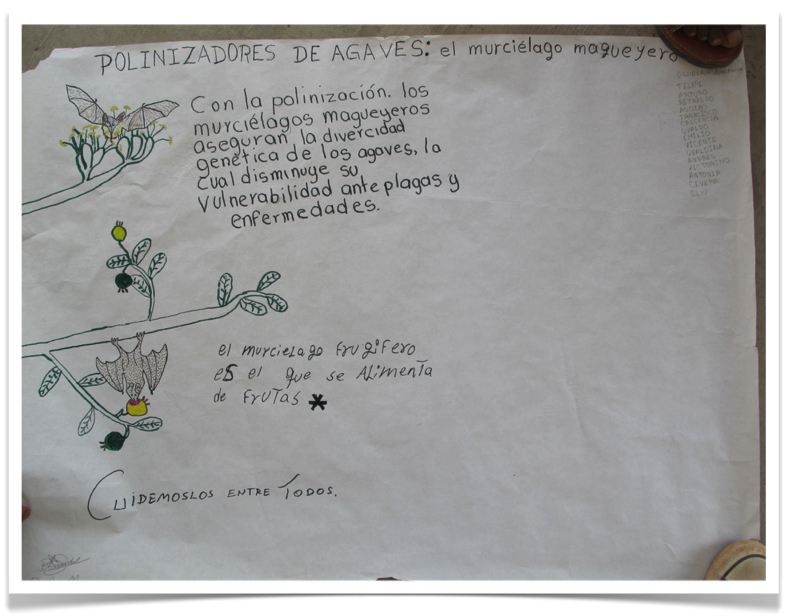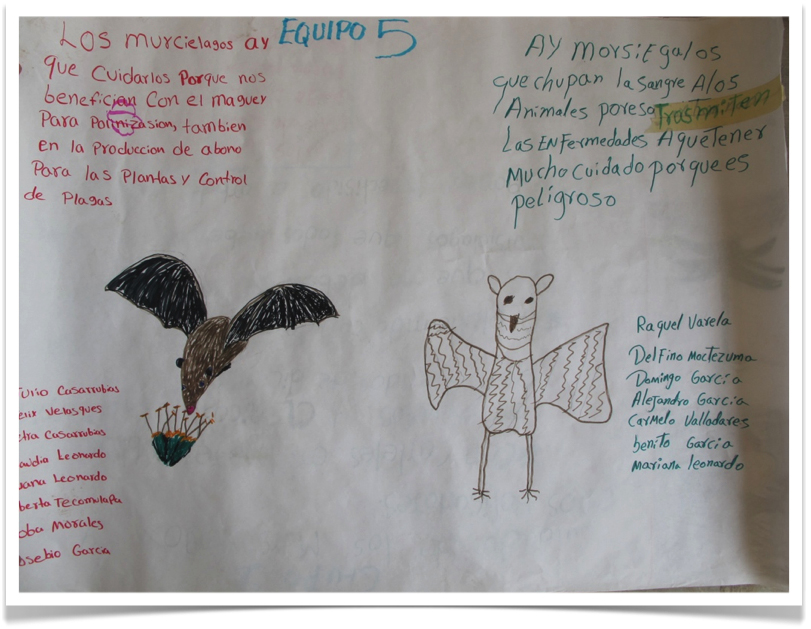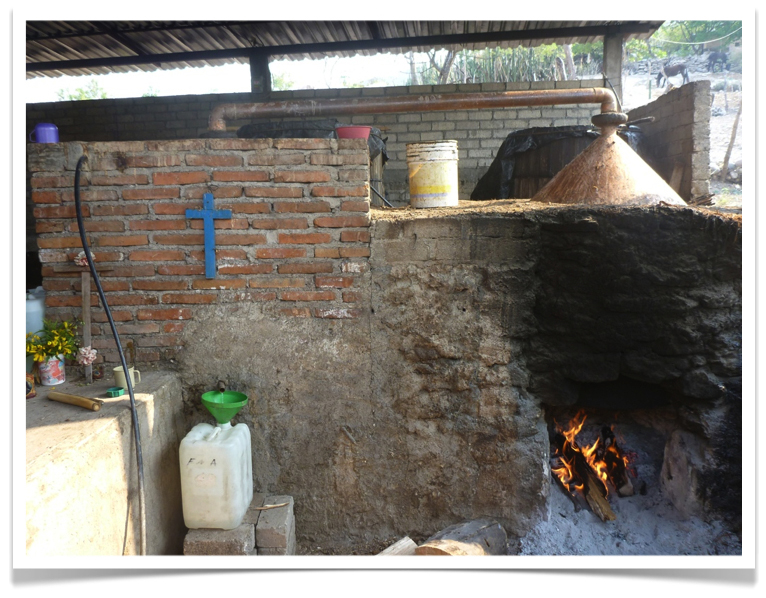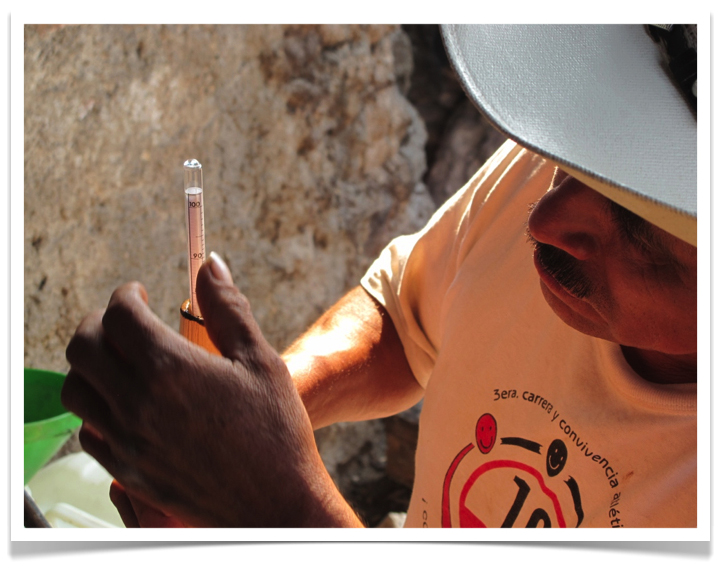Original Post: Drink Tea, Stop War
Date: May 31, 2011 at 10:06 AM

A somewhat oblique continuation of yesterday's Memorial Day post. Paul Reps (1895-1990) was one of the first haiku poets in the U.S., and, together with Nyogen Senzaki, was the editor of the wonderful collection of dharma stories, Zen Flesh, Zen Bones (1957). This was the first zen book I ever read.
James Ishmael Ford offered this beautiful story about Paul Reps yesterday on the Sweeping Zen site:
"At one point Reps had traveled to Japan, with plans to visit a respected Zen master in Korea. He went to the passport office in Japan to apply for his visa and was politely informed that his request was denied due to the war that had just broken out in Korea.
Reps sat down in the waiting area. He had come thousands of miles with the plan to study with this master in Korea. He was frustrated and disappointed. What did he do? He practiced what he preached. Reaching into his bag, he mindfully pulled out his thermos and poured himself a cup of tea. With a calm and focused mind, he watched the steam rising and dissolving into the air. He smelled its fragrance, tasted its tasty bitter flavor, and enjoyed its warmth and wetness. Finishing his tea, he put his cup back on his thermos, put his thermos in his bag, and pulled out a pen and paper upon which he wrote a Haiku poem.
Mindfully, he walked back to the clerk behind the counter, bowed, and presented him with his poem, and his passport. The clerk read it and looked deeply into the quiet strength in Rep’s eyes. The clerk smiled, bowed with respect, picked up Rep’s visa and stamped it for passage to Korea. The Haiku read:
Drinking a cup of tea,
I stopped the war."
[NOTE: I have spent a lot of time in visa offices around the world, and am thoroughly humbled by the patience and creativity exhibited by Mr. Reps]
 Thursday, May 16, 2013 at 8:34AM
Thursday, May 16, 2013 at 8:34AM 










